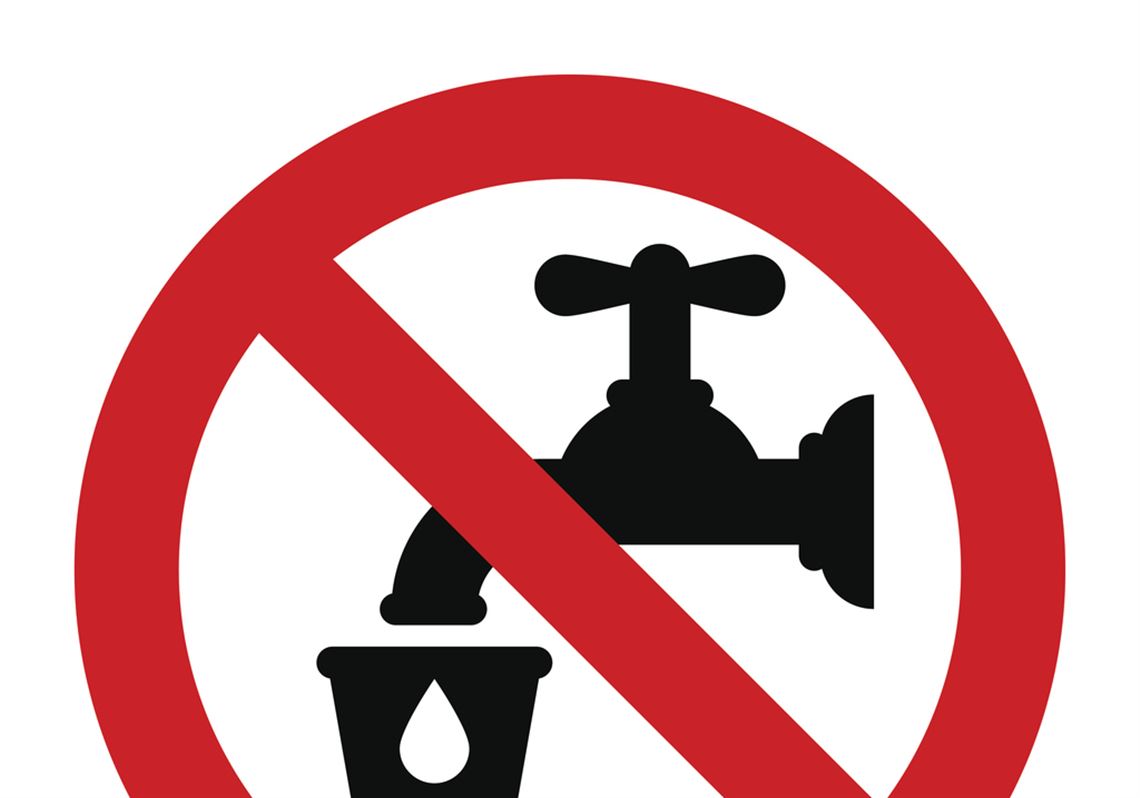The sight of bottled water being distributed in a Michigan town with tap water too unsafe to drink is sadly familiar.
Last week, Michigan authorities declared a state of emergency in the Kalamazoo County town of Parchment, where levels of perfluoroalkyl and polyfluoroalkyl substances, or PFAS, were about 20 times higher than the acceptable level set by the Environmental Protection Agency.
After local authorities issued the do-not-drink order for Parchment, Michigan state environmental officials said they believed PFAS may contaminate more than 11,000 locations across the state.
Health officials have recently become concerned as research shows that PFAS are more harmful than once believed. The substances are common ingredients in firefighting foam and stain guards, among other applications.
Federal officials warn that PFAS can interfere with hormones and fertility; affect the growth, learning and behavior in children; and increase cancer risks, among other harmful effects.
It is a horrible irony that Michigan, surrounded by the Great Lakes that hold 20 percent of the world’s fresh water, is beset again and again by manmade calamities that deny water to its citizens.
Fifteen state and local officials were charged in the wake of the 2014 Flint crisis, accused of neglecting to protect the public from water contaminated after the city switched water sources to save money.
That authorities worked quickly to warn communities when they learned of the presence of PFAS in drinking water in this case is an improvement, obviously. But much more needs to be done to address what could be widespread contamination in Michigan and elsewhere.
For one thing, if PFAS have contaminated water sources in Michigan communities, it seems reasonable to suspect the common substance may be present in neighboring states as well. Authorities in every state ought to follow Michigan’s lead and begin testing to discover if more communities should stop drinking their tap water.
Federal officials need to offer better guidance and prioritize research that will give definitive answers about the potential dangers of PFAS, including the levels at which they become harmful and exactly what effects they can cause in humans.
The least the Flint crisis should be able to offer the country is a blueprint for how not to handle warnings about contaminated water. It’s time for responsible officials at the local, state and federal levels to step up.
First Published: August 1, 2018, 4:00 a.m.
















